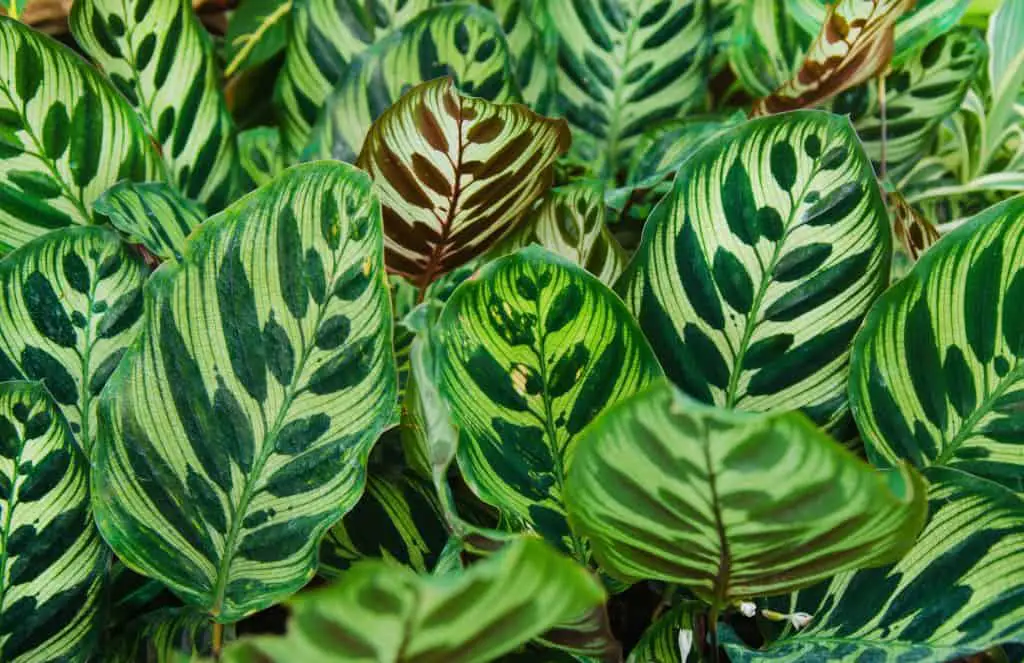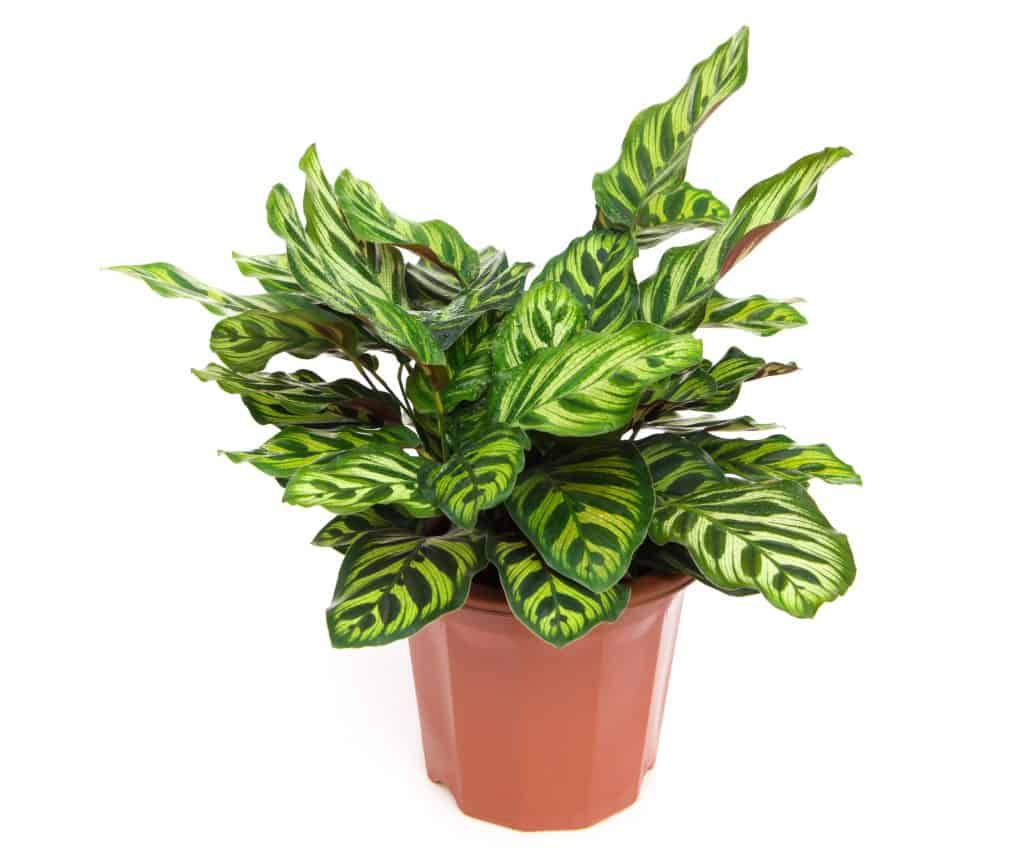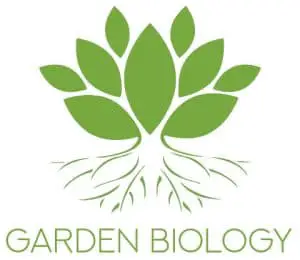The peacock plant, also known as the calathea makoyana, is a beautiful and exotic plant native to Brazil. It has large, deep green leaves with intricate white patterns on them and can grow up to two feet tall. Peacock plants are considered a type of prayer plant due to the way their leaves move. The leaves of the peacock plant will open during the day to soak up sunlight and close at night as if they are praying. Not only are peacock plants beautiful, but they also have some benefits for your health. Peacock plants can help purify the air in your home by filtering out toxins and pollutants. They can also help improve your mood and concentration levels due to their ability to produce oxygen and increase humidity levels. With the proper care, peacock plants can make a beautiful addition to any home.
Peacock Plant Care
Although peacock plants are beautiful, they are also very finicky and not easy to care for. If you’re thinking about getting a peacock plant, be prepared to put in the time and effort to take care of it. Keep in mind that caring for a peacock plant will slightly differ in difficulty depending on whether you are keeping it indoors or outdoors.
Growing Peacock Plant Indoors
As a general rule, if you are keeping your peacock plant indoors, you want to make sure it is getting bright, indirect sunlight, watered and misted regularly, and protected from pests and drafts.
Misting the leaves with water will help replicate the humidity of peacock plants’ natural environment. You can also place a pebble tray under your plant pot. Fill the tray with water and pebbles so the bottom of the plant pot is sitting in the water. The evaporating water will help increase humidity around your plant.

Growing Peacock Plant Outdoors
Although peacock plants are native to Brazil, they can also be kept as outdoor plants in warm climates. If you live in an area with a temperate climate, it’s best to keep your peacock plant indoors since peacock plants prefer humid conditions and temperatures between 60 and 75 degrees Fahrenheit.
That being said, if you do decide to keep your peacock plant outdoors, make sure you bring it indoors if the temperature drops below 60 degrees or if there is a chance of frost. Outdoor peacock plants also need to be protected from direct sunlight as this can scorch their leaves. You should place your peacock plant in a spot where it will get partial sun to partial shade.
When it comes to watering, outdoor peacock plants need to be watered more often than indoor peacock plants. The soil should be moist but not soggy. Be sure to check the soil before watering and only water if the top inch of soil is dry.
Lighting Requirement
Peacock plants need bright, indirect sunlight. This means they should be in a spot where they will get plenty of light but won’t be in the direct sun. If you are keeping your peacock plant indoors, place it near an east or west-facing window.
If you’re peacock plant is outdoors, place it in a spot where it will get partial sun to partial shade. Avoid placing your peacock plant in direct sunlight, as this can scorch the leaves.
Soil Type and pH Requirement
The best type of soil for peacock plants is a light, well-draining potting mix. A good potting mix will contain sphagnum peat moss, perlite, and vermiculite. You can also add some compost or aged manure to the mix for extra nutrients.
When it comes to pH, peacock plants prefer slightly acidic soil with a pH of about six. You can test the pH of your peacock plant’s soil with a pH meter or testing kit.
If you need to adjust the pH of your peacock plant’s soil, you can do so by adding either lime or sulfur to the mix. If the soil is too acidic, add some lime to raise the pH. If the soil is too alkaline, add some sulfur to lower the pH.
Watering Requirement
Water your peacock plant regularly, making sure the soil is always moist but not soggy. Peacock plants are susceptible to root rot, so it’s important not to overwater them.
The best way to water a peacock plant is to use the bottom-watering method. To do this, fill a sink or basin with lukewarm water and let the plant sit in the water for about 15 minutes. This will allow the water to soak all the way through the potting mix and reach the roots.
After 15 minutes, remove the peacock plant from the basin and allow it to drain. Be sure to empty any excess water from the saucer or tray under the plant pot.
It’s best to water peacock plants in the morning, so the leaves have time to dry before nightfall. This will help prevent fungal diseases from developing on the leaves.

Humidity Requirement
Peacock plants prefer humid conditions with a relative humidity of about 60%. If you live in an area with high humidity, you can keep your peacock plant outdoors. Just make sure you bring them indoors when it gets too cool. For indoor peacock plants, you can provide a regular misting to the leaves instead.
Temperature Requirement
Peacock plants prefer warm temperatures and will not tolerate frost. If you live in an area with cold winters, it’s best to grow peacock plants indoors.
The ideal temperature range for peacock plants is 60-85 degrees Fahrenheit. If the temperature drops below 60 degrees, your peacock plant may start to experience leaf drop.
To keep your peacock plant warm in the winter, you can place it on a heat mat or near a space heater. You can also use a grow light to provide additional warmth and light.
Hardiness Zone
Peacock plants are not frost-tolerant and therefore should be grown in hardiness zones nine and above. Otherwise, it is best to grow your peacock plant indoors.
When growing peacock plants outdoors, be sure to bring them indoors or cover them with a frost cloth if there is a chance of frost.
Fertilization Requirement
Fertilize your peacock plant every two weeks during the growing season with a balanced liquid fertilizer. Avoid fertilizing peacock plants in the winter, as they will go into dormancy and won’t need additional nutrients.
When applying fertilizer, be sure to follow the manufacturer’s instructions. You don’t want to over-fertilize your peacock plant, as this can lead to leaf burn.
Peacock Plant Propagation
Peacock plants can be propagated by division or by rooting stem cuttings in water or potting mix.
To propagate peacock plants by division, carefully remove the plant from its pot and divide the roots into two or more sections. Plant each section in its own pot filled with fresh potting mix.
To propagate peacock plants by stem cuttings, cut a six-inch piece of stem from the plant using a sharp knife or pruning shears. Remove the bottom leaves from the cutting and dip the cut end in rooting hormone.
Place the stem cutting in a glass of water or in a pot filled with moistened potting mix. Keep the glass or pot in a warm, humid place out of direct sunlight.
In about two weeks, you should see roots forming on the stem cutting. Once the roots are about an inch long, you can transplant the cutting into its own pot filled with fresh potting mix.
Size and Growth Rate
Peacock plants are medium-sized plants that typically grow to be about two feet tall and wide. They have a moderate growth rate and will usually only need to be repotted every two or three years.
If you want your peacock plant to grow faster, you can fertilize it every two weeks during the growing season. Just be sure not to over-fertilize, as this can lead to disease for your plant.
Common Pests and Diseases
Peacock plants are relatively pest and disease-free. However, they can occasionally be affected by mealybugs, aphids, or spider mites. They can also be affected by diseases if not properly cared for. There are several physical diseases that a peacock plant can suffer from:
Leaves Curling
If the leaves of your peacock plant are curling, it is probably due to either too much or too little water. If the leaves are soft and limp, it is a sign of overwatering. Allow the soil to dry out slightly and reduce watering frequency. If the leaves are crisp and brown, it is a sign of underwatering. Water your peacock plant more often and make sure the pot has drainage holes to allow excess water to escape.
Leaves Turning Yellow
If the leaves of your peacock plant are turning yellow, it is probably due to too much direct sunlight. Peacock plants prefer indirect sunlight and will scorch if exposed to too much sun. Move your peacock plant to a shadier spot and make sure it is not in direct sunlight for more than six hours per day.
Drooping Leaves
Drooping leaves is primarily caused by underwatering. You should water more regularly while being careful not to overwater. If the problem persists, you may need to repot your peacock plant in fresh potting mix.
Root Rot
The most common cause of death for peacock plants is root rot. It is caused by overwatering and results in the roots of the plant rotting. If you think your peacock plant has root rot, carefully remove it from its pot and check the roots.
If they are soft and mushy, you will need to cut away the affected roots and repot the plant in fresh potting mix. If the roots are healthy, you should water your peacock plant less often.
How to Repot Your Peacock Plant
Peacock plants should be repotted every two or three years. When repotting, choose a pot that is only one size larger than the current pot. Peacock plants prefer to be slightly pot-bound and will do best when their roots are slightly cramped.
To repot a peacock plant, carefully remove the plant from its current pot. Gently loosen the roots and remove any loose or dead leaves. Place the peacock plant in the new pot and fill it with fresh potting mix. Water well and allow the excess water to drain away.
Do Peacock Plants Flower?
Peacock plants do not typically flower indoors. However, if you are lucky enough to get your peacock plant to bloom, the flowers will be small, white, and insignificant. Outdoors, peacock plants will bloom in the summertime.
Do Peacock Plants Move at Night?
While peacock plants do not technically move at night, their leaves may appear to be moving. This is because peacock plants are sensitive to changes in temperature and humidity. When the temperature or humidity changes, the peacock plant’s leaves will adjust accordingly.
Are Peacock Plants Safe For Pets?
Peacock plants are not toxic to cats or dogs. However, the leaves may cause upset stomachs if ingested in large quantities. If you have a pet that is known to eat plants, it is best to keep peacock plants out of reach.
Where Can I Buy Peacock Plants?
Peacock plants are widely available for purchase at most garden centers and nurseries. They can also be purchased online from a number of different retailers. The price of peacock plants varies depending on the size and variety. However, they are generally inexpensive plants, and you can expect to pay between $15 and $30 for one.
Conclusion
Peacock plants are beautiful plants that will make a great addition to any indoor or outdoor space. With a little bit of effort, you can keep your peacock plant healthy and happy for many years to come. Whether you are looking for a plant to add some color to your home or office, or you simply want to spruce up your garden, peacock plants are an excellent choice!
